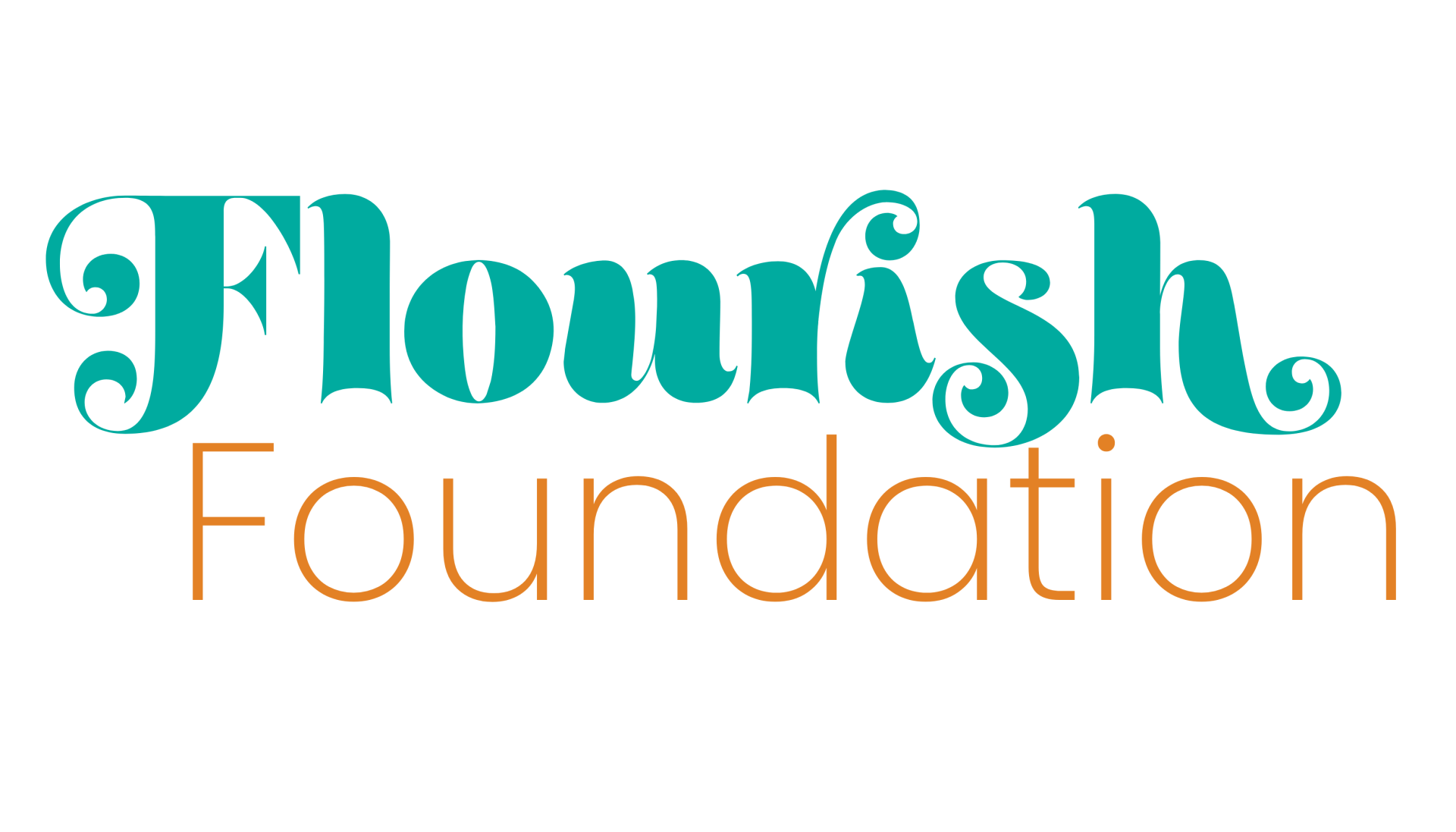How Foster Parents Can Navigate The Grief of Goodbye

There are often difficult moments in the life of a foster parent, but saying goodbye can be one of the most challenging.
After caring, nurturing and advocating for your young person, you are suddenly asked to let go. Even when it is the right step for the child, it can leave you feeling hollow, guilty, and maybe even questioning if you did enough.
This blog explores why goodbyes in fostering are uniquely difficult, how you can manage the emotions, and what healthy coping looks like for foster parents and their families.
The Hidden Grief of Fostering
When a child moves on, whether reunited with family, adopted, or placed elsewhere, foster parents may experience what psychologists call ambiguous loss.
Unlike bereavement after death, this grief has no closure and is often overlooked in society.
Many foster parents describe:
• A deep sense of loss mixed with relief
• Guilt for feeling either emotion too strongly
• Anxiety about the child’s future
• Self-doubt, such as: Did I do enough for the child?
It’s an extremely complex mix of emotions.
Understanding the Emotional Landscape
In foster parent relationships, emotional attachment is not a weakness, but a sign of effective caregiving. But this attachment does make transitions complex.
According to therapeutic frameworks used in trauma-informed care, these transitions can activate cognitive distortions, or unhelpful thoughts such as:
According to therapeutic frameworks used in trauma-informed care, these transitions can activate cognitive distortions, or unhelpful thoughts such as:
• “If I were stronger, this would not hurt so much.”
• “I failed because the child still has challenges.”
• “I should not grieve because they were not really mine.”
But for the sake of our emotional well-being, we must reframe these thoughts.
Healthy Boundaries for You and the Child
When endings are handled with openness and structure, both child and foster parent benefit. Practical strategies include:
• Creating rituals, such as writing one another letters, making photo albums, or sharing meals
• Involving the child in transition planning
• Seeking professional supervision or peer support groups
• Communicating honestly about next steps
These practices allow for closure while reinforcing trust and emotional safety.
Self-Care Is Not Selfish, It Is Survival
Grief doesn’t end when the child’s time with you ends.
After a goodbye, foster parents may be tempted to rush into another placement, attempting to fill the void. However, unprocessed grief can resurface later as burnout or compassion fatigue.
True self-care means:
• Allowing yourself time to feel and grieve
• Engaging in reflective supervision or journaling
• Reconnecting with your personal support network
• Celebrating what you provided for the child
Final Thoughts
Letting go will always hurt. Yet with the right understanding, tools, and support, it can also be an act of profound love and resilience.
Every goodbye has the potential to deepen your capacity to care, grow, and heal.
These themes are explored in “The Dilemma of Letting Go”, a live training led by Dianne Sotomey, an experienced fostering practitioner and emotional resilience coach.
Through guided reflection and evidence-based tools, participants learn to:
• Recognise emotional triggers and cognitive patterns
• Build boundaries that support healthy attachment
• Honour their own needs while helping children through change
This training is not about detaching. It is about learning to love sustainably.
Join Dianne Sotomey for the live webinar “The Dilemma of Letting Go” Reserve your ticket now

We are an online educational platform that helps professionals and aspiring individuals to succeed in their goals.
Connect with us
Copyright © 2025

